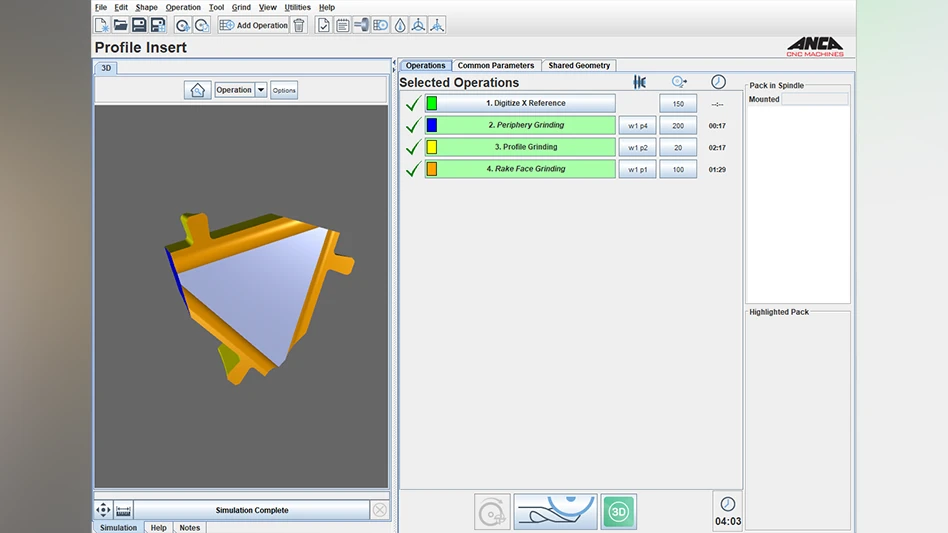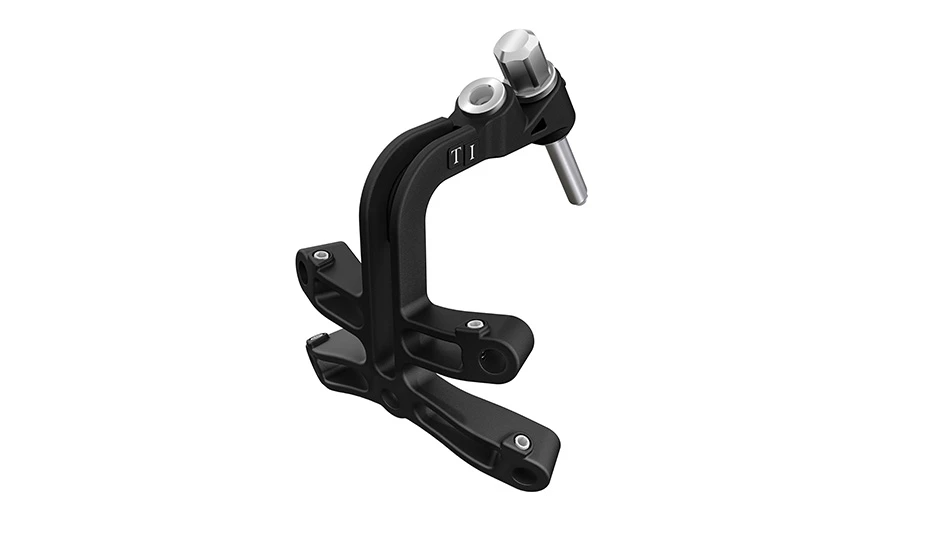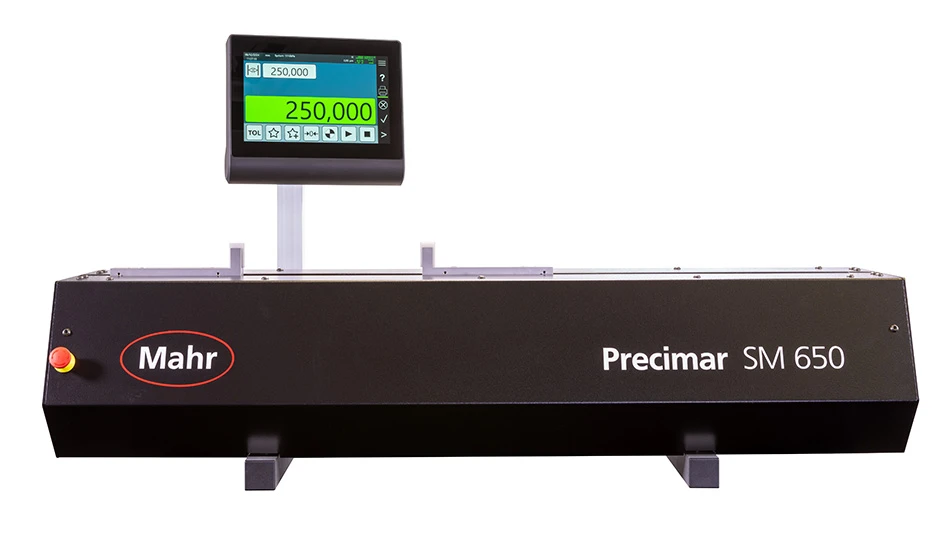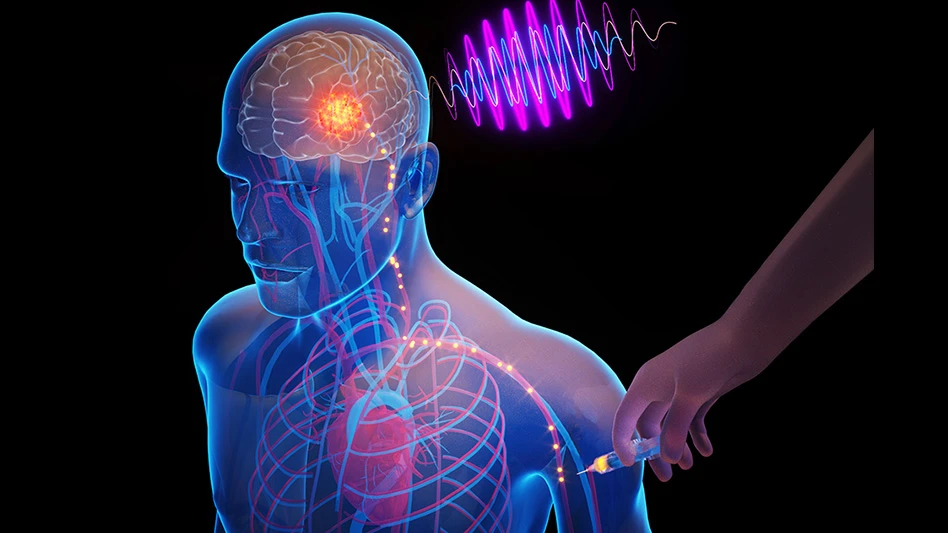A process using human stem cells can generate epicardium cells that cover the external surface of a human heart, according to a multidisciplinary team of researchers.
“In 2012, we discovered that if we treated human stem cells with chemicals that sequentially activate and inhibit the Wnt signaling pathway, they become myocardium muscle cells,” says Xiaojun Lance Lian, assistant professor of biomedical engineering and biology, who is leading the study at Pennsylvania State University (Penn State). Myocardium, the middle of the heart’s three layers, is the thick, muscular part that contracts to drive blood through the body. The Wnt signaling pathway is a group of signal transduction pathways made of proteins that pass signals into a cell using cell-surface receptors.
“We needed to provide the cardiac progenitor cells with additional information in order for them to generate into epicardium cells, but prior to this study, we didn’t know what that information was,” Lian says. “Now, we know that if we activate the cells’ Wnt signaling pathway again, we can re-drive these cardiac progenitor cells to become epicardium cells, instead of myocardium cells.”

The group’s results bring researchers one step closer to regenerating an entire heart wall. Through morphological assessment and functional assay, the researchers found that the generated epicardium cells were similar to epicardium cells in living humans and those grown in the laboratory.
“The last piece is turning cardiac progenitor cells to endocardium cells (the heart’s inner layer), and we are making progress on that,” Lian says.
The group’s method of generating epicardium cells could be useful in clinical applications, for patients who suffer a heart attack.
“Heart attacks occur due to blockage of blood vessels,” Lian says. “This blockage stops nutrients and oxygen from reaching the heart muscle, and muscle cells die. These muscle cells cannot regenerate themselves, so there is permanent damage, which can cause additional problems. These epicardium cells could be transplanted to the patient and potentially repair the damaged region.”
In addition to generating the epicardium cells, researchers can keep them proliferating in the lab after treating them with a cell-signaling pathway Transforming Growth Factor Beta (TGF) inhibitor.
“After 50 days, our cells did not show any signs of decreased proliferation. However, the proliferation of the control cells without the TGF Beta inhibitor started to plateau after the tenth day,” Lian says.
Pennsylvania State University
www.psu.edu

Explore the June 2017 Issue
Check out more from this issue and find your next story to read.
Latest from Today's Medical Developments
- Arcline to sell Medical Manufacturing Technologies to Perimeter Solutions
- Decline in German machine tool orders bottoming out
- Analysis, trends, and forecasts for the future of additive manufacturing
- BlueForge Alliance Webinar Series Part III: Integrate Nationally, Catalyze Locally
- Robot orders accelerate in Q3
- Pro Shrink TubeChiller makes shrink-fit tool holding safer, easier
- Revolutionizing biocompatibility: The role of amnion in next-generation medical devices
- #56 Lunch + Learn Podcast with Techman Robot + AMET Inc.





